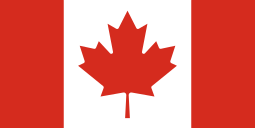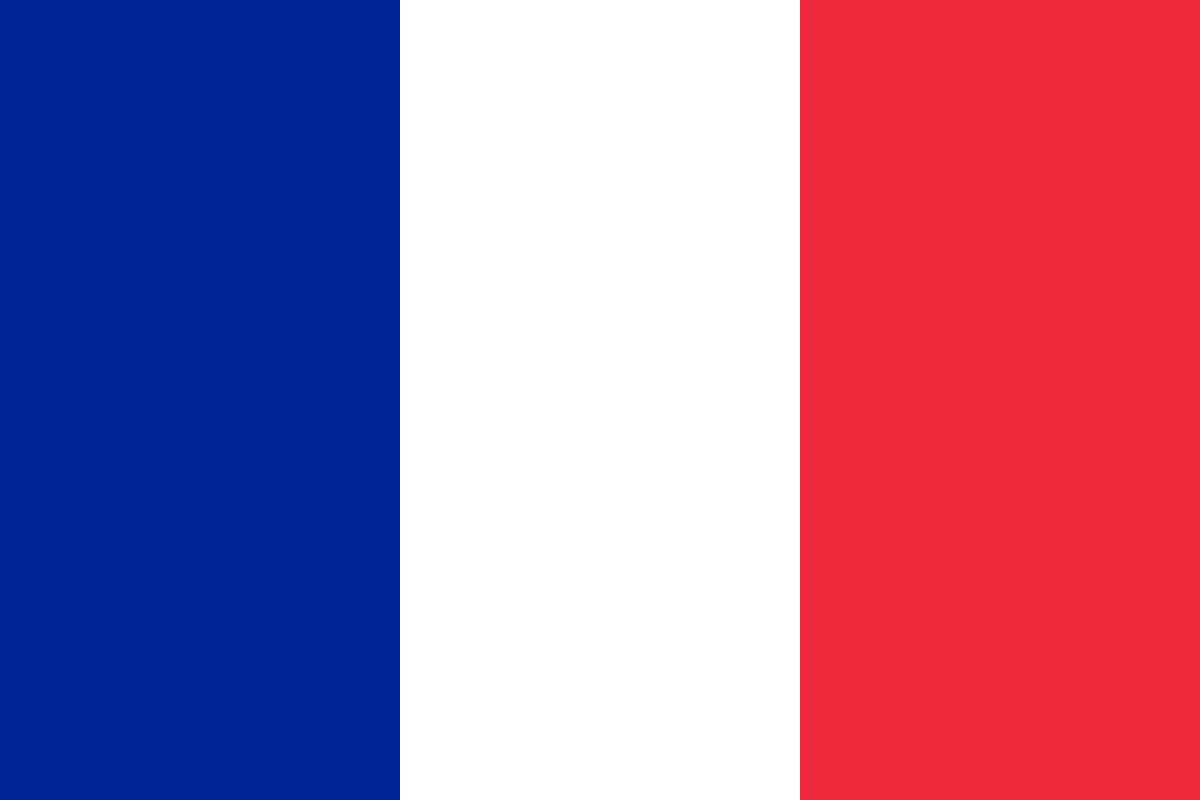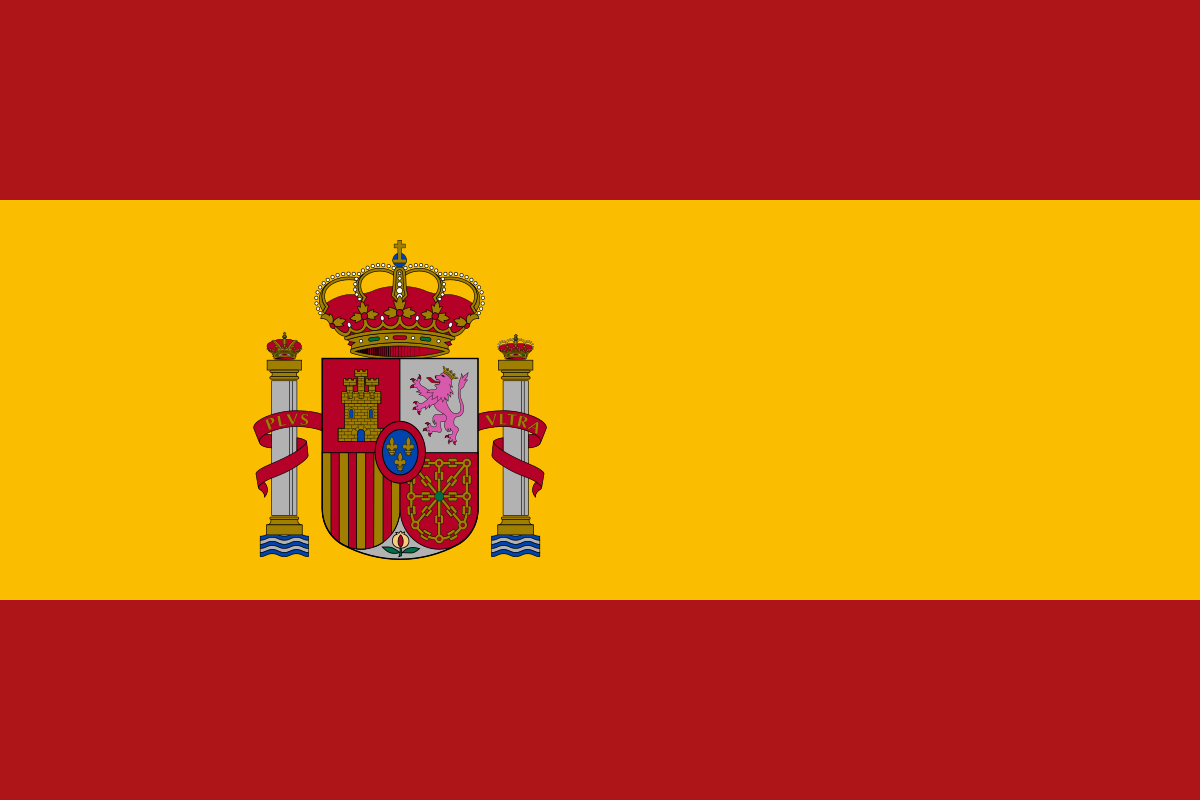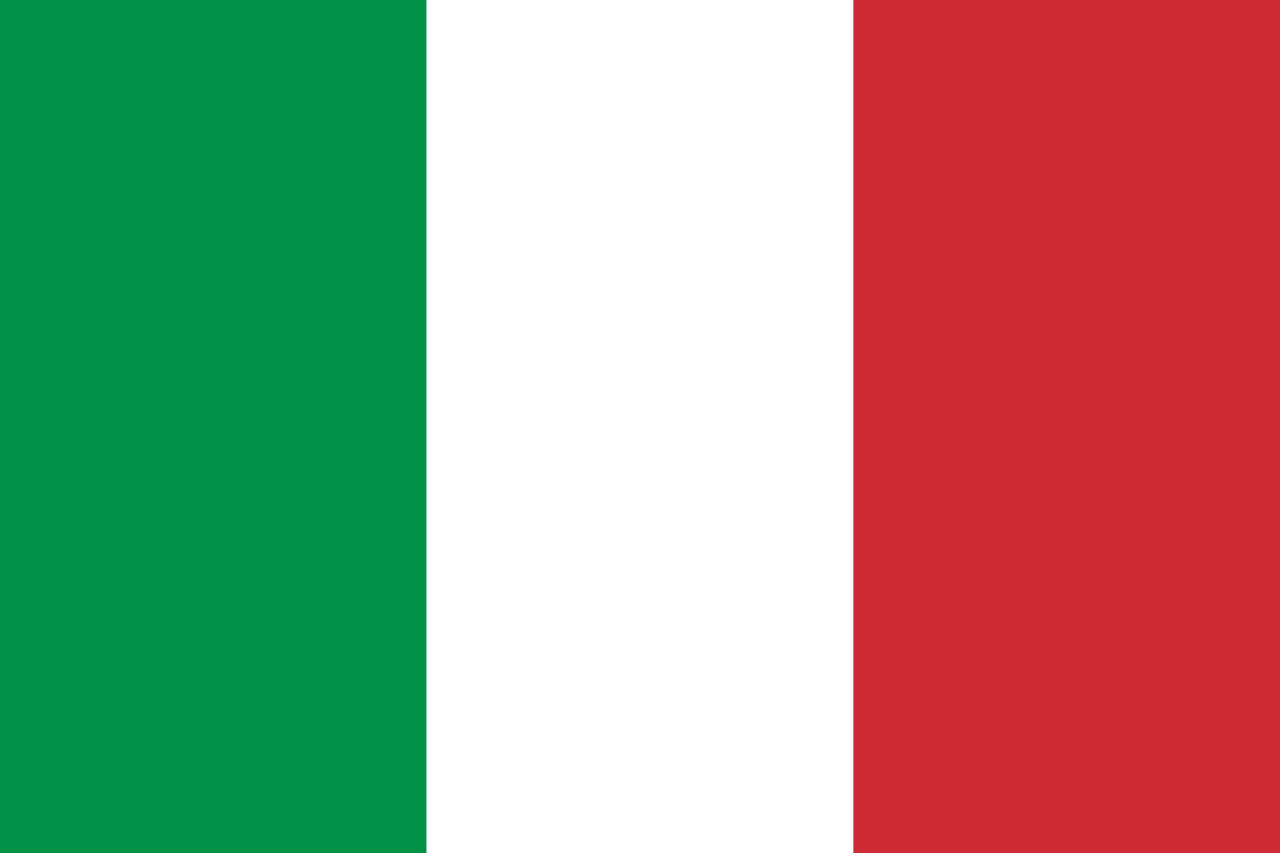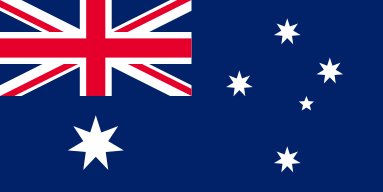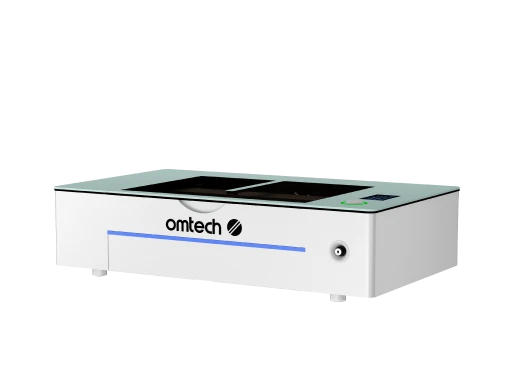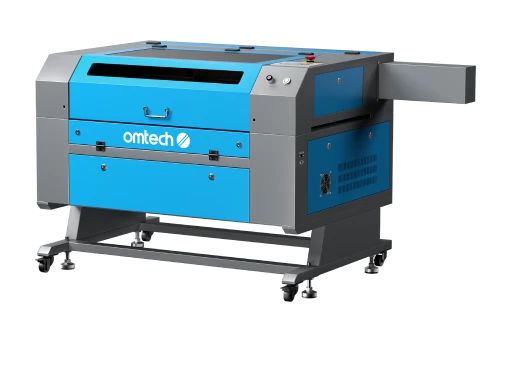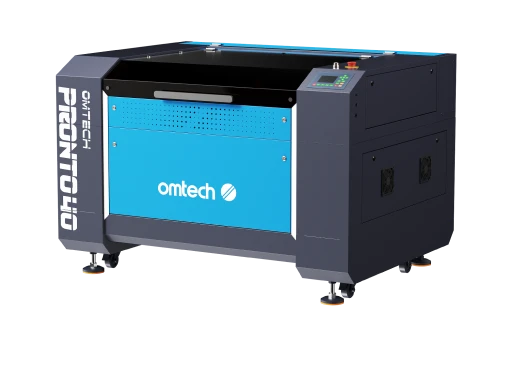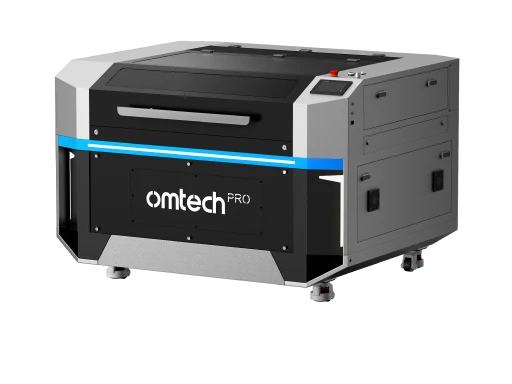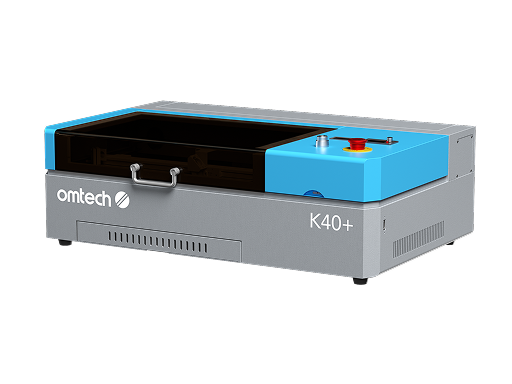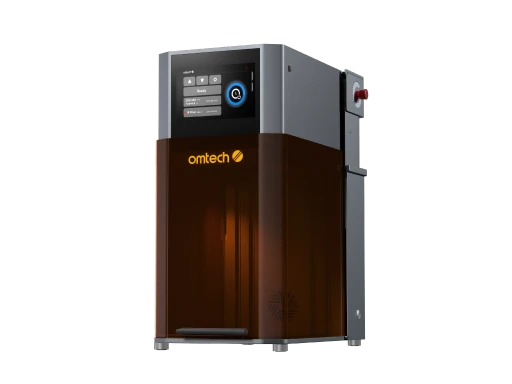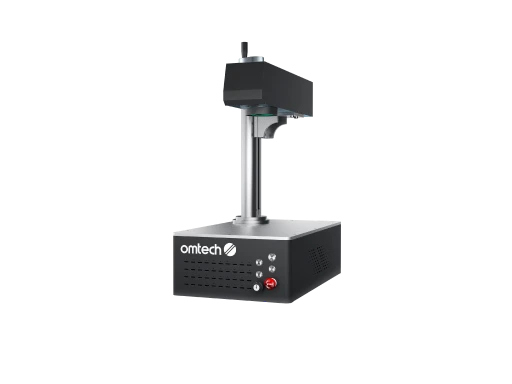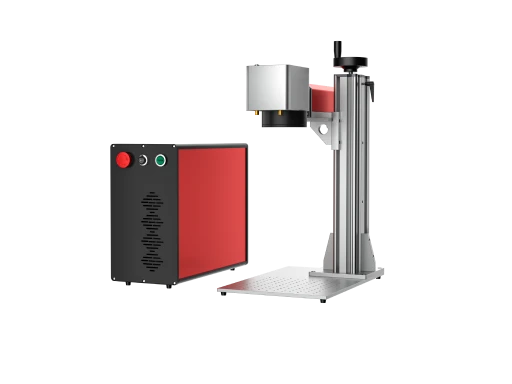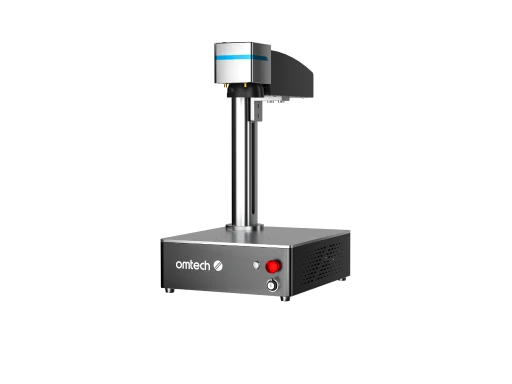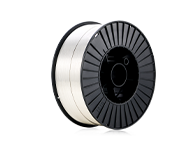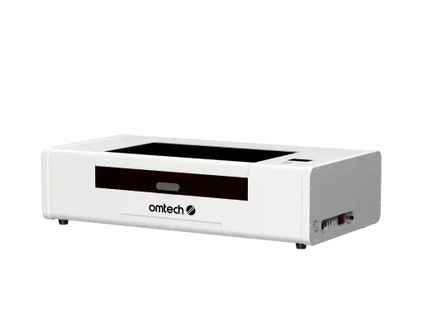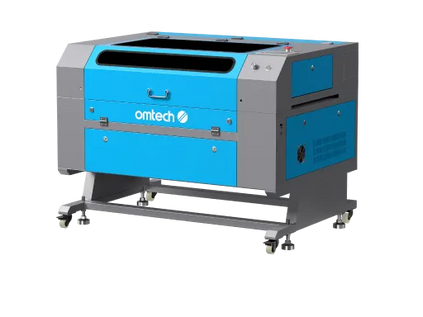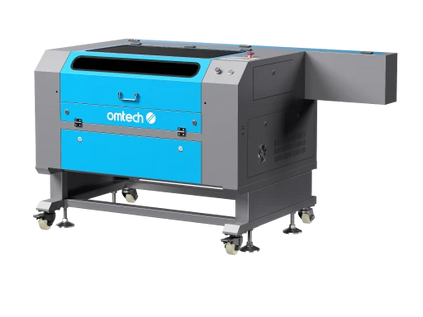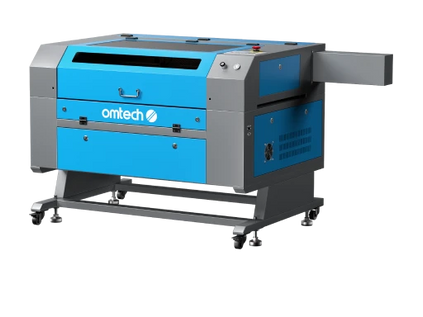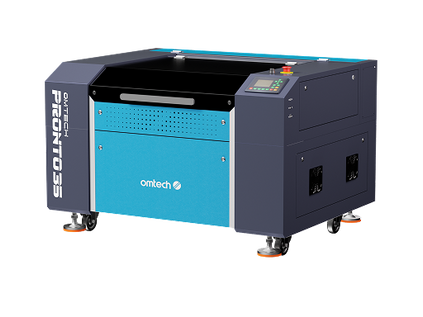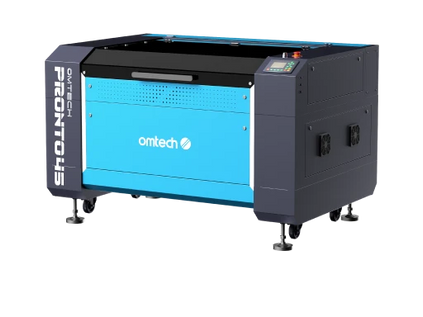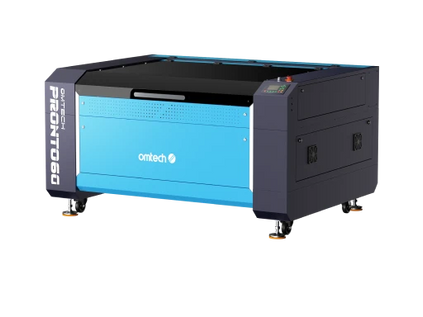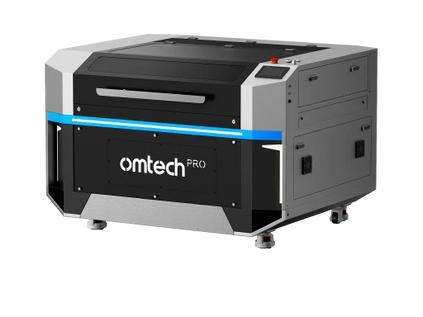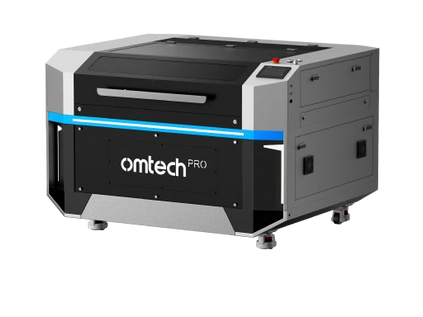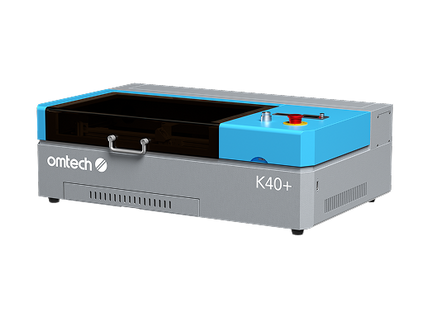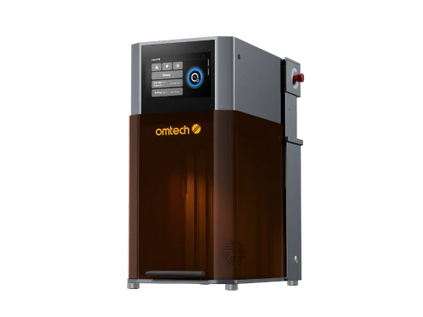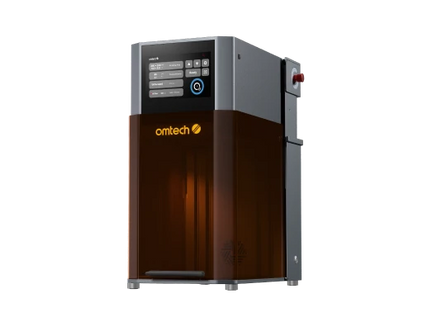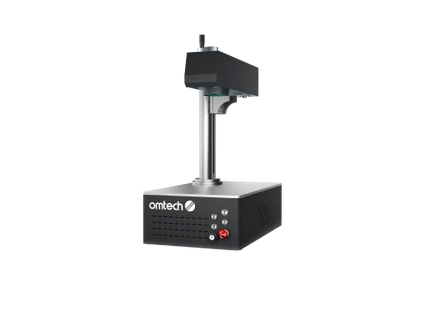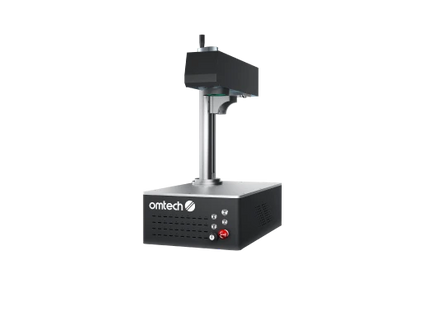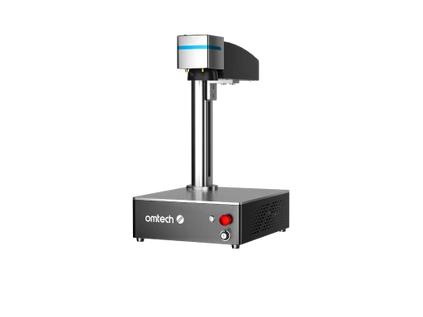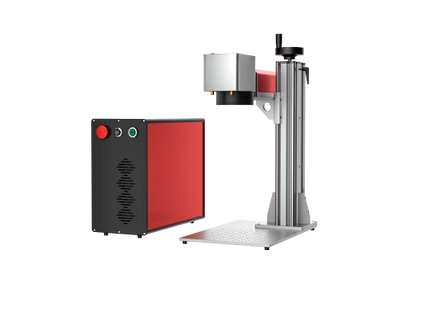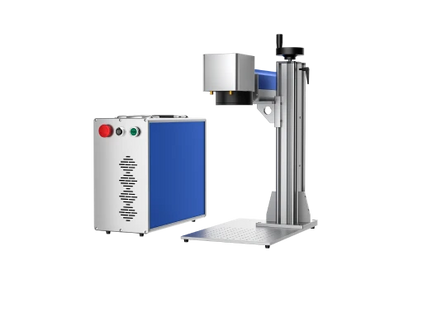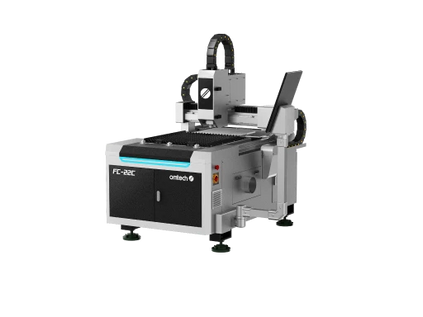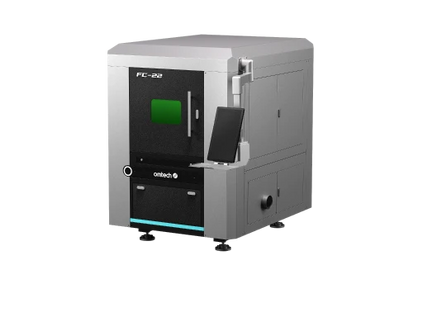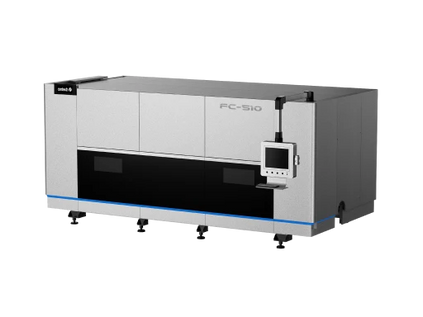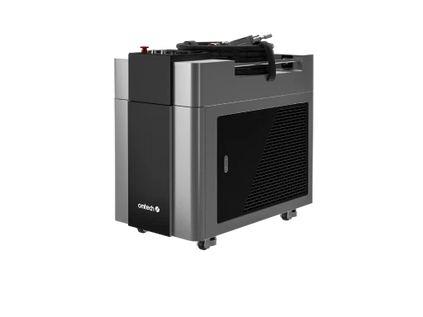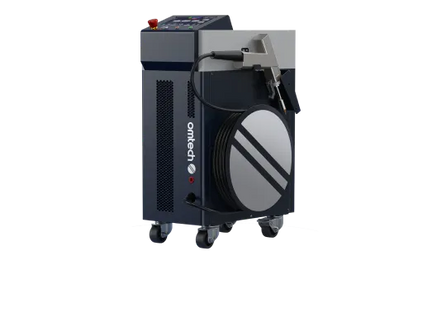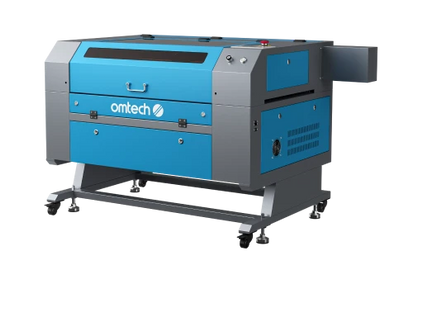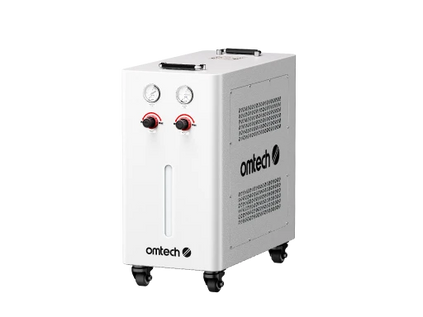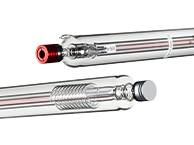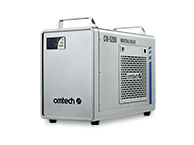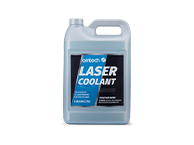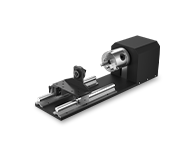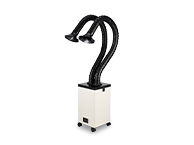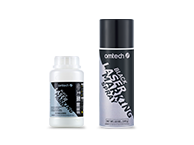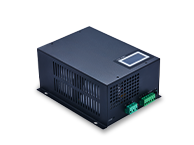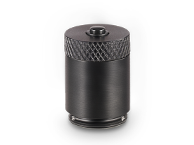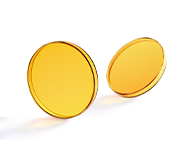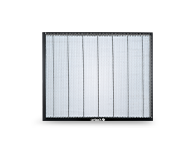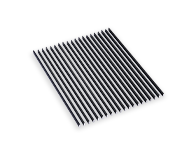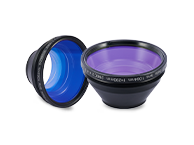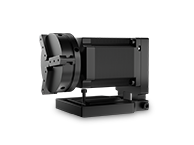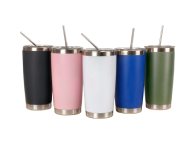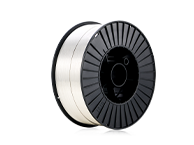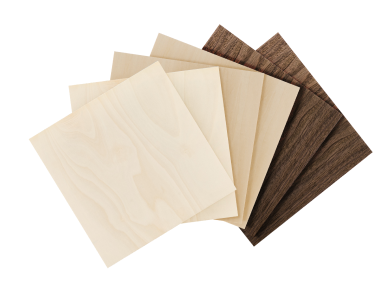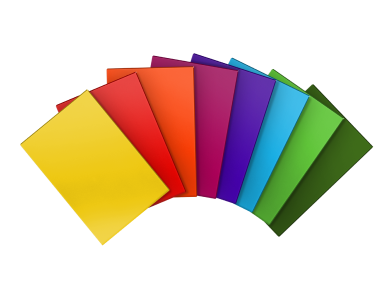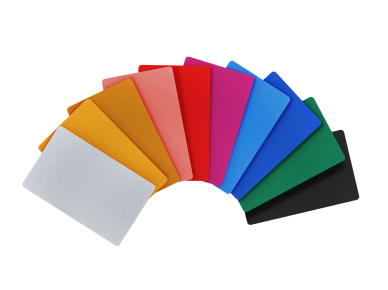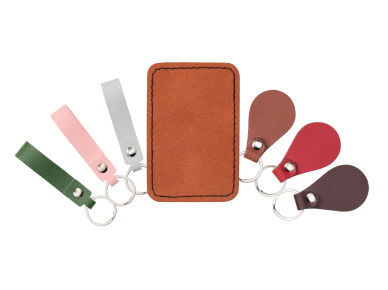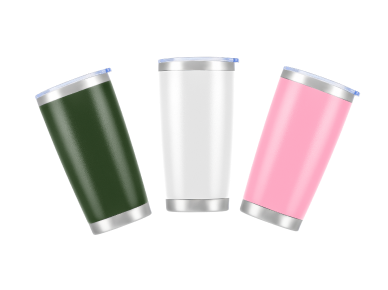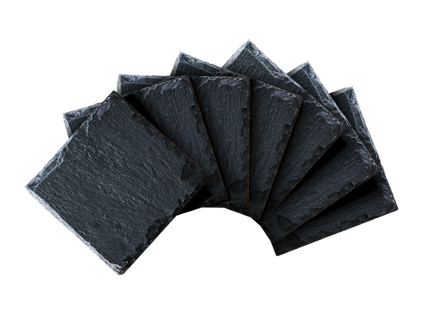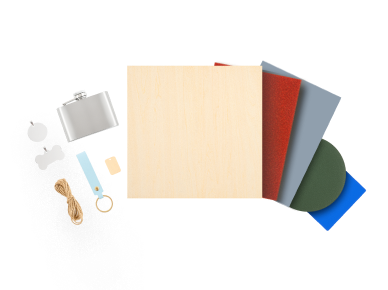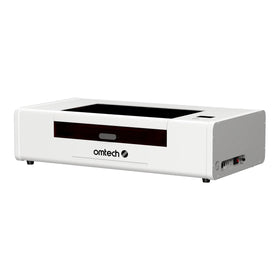DTF vs DTG Printing: Which One Is Right for You?

In the world of custom printing, there are numerous methods for personalizing apparel. Two such methods are DTF (direct-to-film) printing and DTG (direct-to-garment) printing. With their own pros and cons, choosing between the two can be tricky.
In this article, we’ll explain how DTG and DTF printing work, compare them across key dimensions (fabric compatibility, print quality, durability, cost, workflow), and help you decide which is better suited for your needs. Whether you're making one-offs, small batches, or scaling up, this comparison will help you choose wisely.
What Is DTG (Direct-to-Garment) Printing?
DTG means printing directly onto the garment using specialized inkjet heads. The process typically involves applying a pretreatment solution to the fabric first, especially for darker garments, so the ink can bind properly. The ink is then jetted onto the fabric, and finally cured (dried/fixed) with heat to lock it in.
Because the ink soaks into the textile fibers, DTG prints often feel soft and integrated with the material. This method works best with natural fabrics like cotton, bamboo, or high-cotton blends.
Pros of DTG
-
Very soft hand-feel and breathable since ink is absorbed
-
Good for short runs and one-offs (low setup overhead)
-
High resolution for photographic or detailed designs
-
Clean workflow (print directly, cure, done)
Cons of DTG
-
Must pre-treat fabric, especially dark garments
-
Works best on cotton/natural fibers; synthetic or tough fabrics are more challenging
-
Ink cost and maintenance can be high
-
Color vibrancy is limited on darker fabrics; whites may be less opaque
-
Durability depends heavily on curing, pretreatment, and wear conditions
What Is DTF (Direct-to-Film) Printing?
DTF is a transfer-based method. Rather than printing directly on fabric, DTF prints your design onto a special transfer film (often PET). After printing, the film is coated with an adhesive powder and partially cured so that the ink and adhesive bind to the film. The design is then heat-pressed by a machine onto the garment, transferring it.
Because the printed design is “pre-made” on film, you don’t need to pretreat fabrics. DTF is known for being more flexible in terms of fabric types. You can apply it to cotton, polyester, blends, fleece, nylon, and more.
Pros of DTF
-
Versatile across many fabric types (cotton, poly, blends, synthetics)
-
No pretreatment needed
-
Good for dark fabrics (white underbase printed into film)
-
Sharp detail, gradients, fine lines are easier since design is “fixed” on film
-
More forgiving in the printing step since fabric isn’t directly involved
Cons of DTF
-
The transferred design sits on top of the fabric, so the feel is slightly less “inside” the garment
-
Large solid areas may feel heavier or less breathable
-
More steps (film printing, powdering, curing, pressing) than DTG
-
Good equipment, film quality, and curing control are essential to avoid peeling, cracking
-
Adhesive or film waste, additional consumables
Side-by-Side: DTF vs DTG Printing
Here’s how the two methods compare across key dimensions:
|
Factor |
DTG |
DTF |
|
Fabric Compatibility |
||
|
Print Feel/Hand |
Soft, integrated ink feel |
Slight layer/texture from film/adhesive |
|
Detail & Color |
Good detail, but whites and color pop less on dark fabrics |
Better control over gradients, vivid colors on dark garments |
|
Pre-treatment Requirements |
Requires pretreatment (especially for dark fabrics) |
None required |
|
Workflow Complexity |
Simpler: print → cure |
More steps: film print → powder → cure → press → peel |
|
Durability |
Good with proper curing and care |
Very durable if pressed/processed correctly, but risk of peeling or cracking if not |
|
Cost & Maintenance |
Higher maintenance, ink cost, pretreatment |
More consumables (film, powder), but possibly lower cost per print in many cases |
|
Best Use Cases |
Cotton tees, detailed jobs on natural fabric |
Mixed fabric product lines, dark garments, specialty materials |
Which One Should You Use?
The decision between DTF printing vs DTG printing really comes down to what you want to make and how you plan to operate. Here are some guiding scenarios:
-
If you mostly work with cotton or natural fabrics, and you want prints that feel soft and integrated, DTG might be better for you.
-
If your designs are multi-color, with gradients, or you want to serve many fabric types (polyester, blends, fleece, etc.), DTF is more versatile.
-
If you’re doing one-offs or small prints: DTG’s simpler workflow is appealing.
-
If you plan to scale, or want to diversify your product line across fabrics, DTF gives you more flexibility.
-
If garment hand/comfort is a priority, DTG has an edge in many cases.
In many setups, shops use both: DTG for cotton basics and DTF for specialty fabrics or darker garments.
Practical Considerations Before You Pick
-
Equipment & Upfront Costs
-
DTG printers are expensive, require maintenance and pretreatment units
-
DTF systems require film printers, adhesive powder systems, curing ovens, and reliable presses
-
Consumables & Cost per Print
-
DTG uses a lot of ink and pretreatment chemicals
-
DTF uses transfer film, adhesive powder, and needs good quality materials to avoid failures
-
Skill & Quality Control
-
DTG requires good pretreatment and calibration
-
DTF demands precision in film printing, powder distribution, curing, and press alignment
-
Product Line Strategy
-
If you want uniformity across many fabrics, DTF helps
-
If your brand is mostly cotton wear, DTG may keep your process simpler
DTF vs. DTG: The Verdict
DTF vs DTG printing isn’t about one method being “better” universally — it’s about matching the right tool to your design, fabric, and business needs. DTG offers a more direct and soft-feel result on natural fabrics, while DTF gives you greater versatility, especially for dark or synthetic materials, and more design flexibility.
The OMTech Aurora DTF Printer

If you decide DTF aligns with your workflow and product goals, the OMTech Aurora is a strong, professional-grade choice designed for creators who want reliable, high-quality output without a complicated setup. Aurora streamlines the DTF workflow, offering speed, consistency, and the flexibility needed for modern apparel production.
Key Benefits of the OMTech Aurora
-
All-in-one DTF system with integrated printing, powdering, and curing
-
High-resolution color output with excellent detail and vibrancy
-
Automatic white-ink circulation to prevent clogging and reduce maintenance
-
Fast, efficient curing + powder application for cleaner, smoother transfers
-
Durable, flexible prints that hold up through repeated washing
-
User-friendly controls ideal for both beginners and growing businesses
-
Supports on-demand production with instant design switching
-
Backed by OMTech’s training, support, and reliability
Get Started with the OMTech Aurora
If you’re expanding your customization workflow or need a printing method that adapts to a wide range of materials, the OMTech Aurora is built for that level of flexibility. As a professional-grade DTF printing system, it delivers consistent color accuracy, durable transfers, and an efficient production process suited for both growing creators and full apparel businesses. Explore the Aurora and elevate your print quality, output, and creative potential with OMTech.
